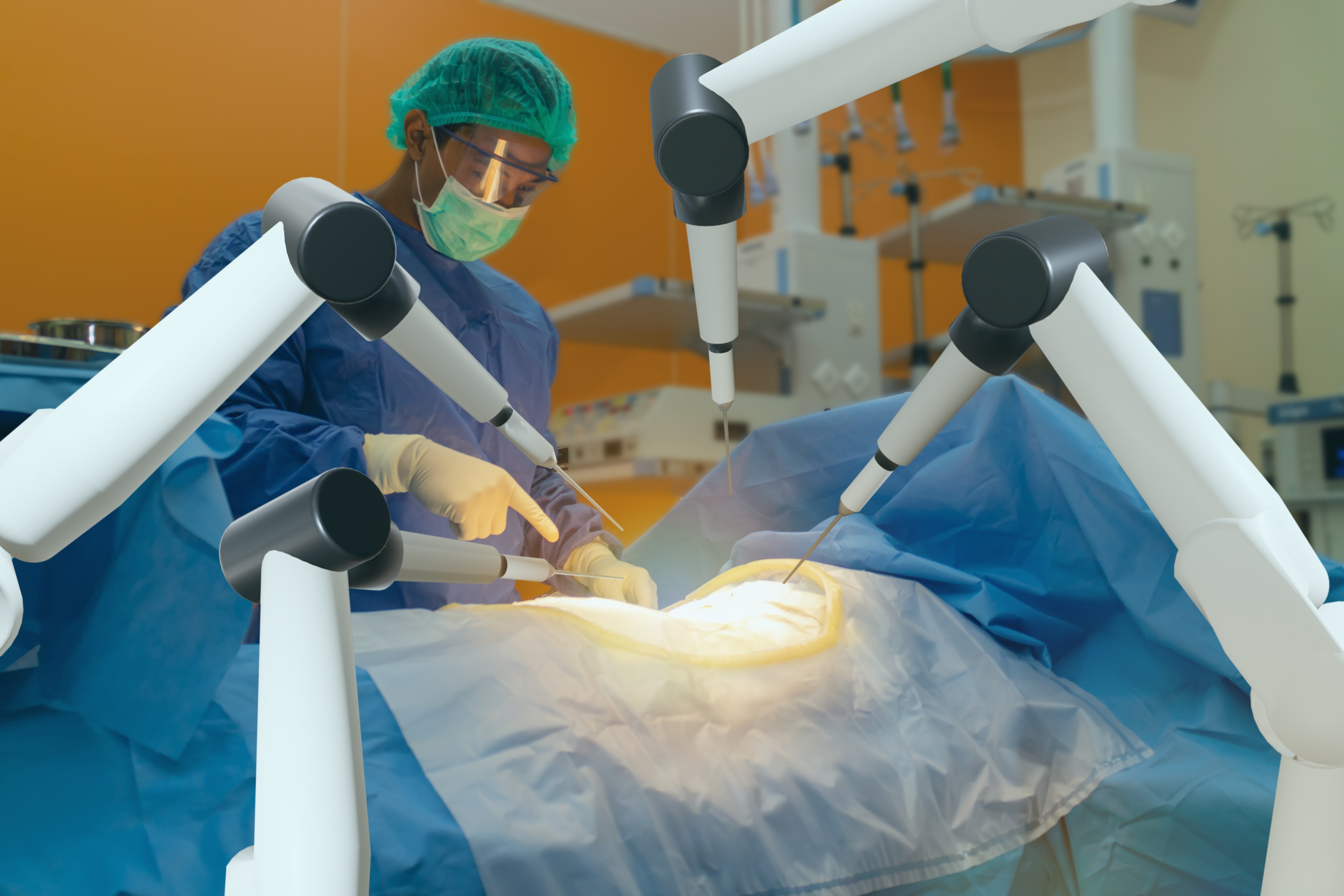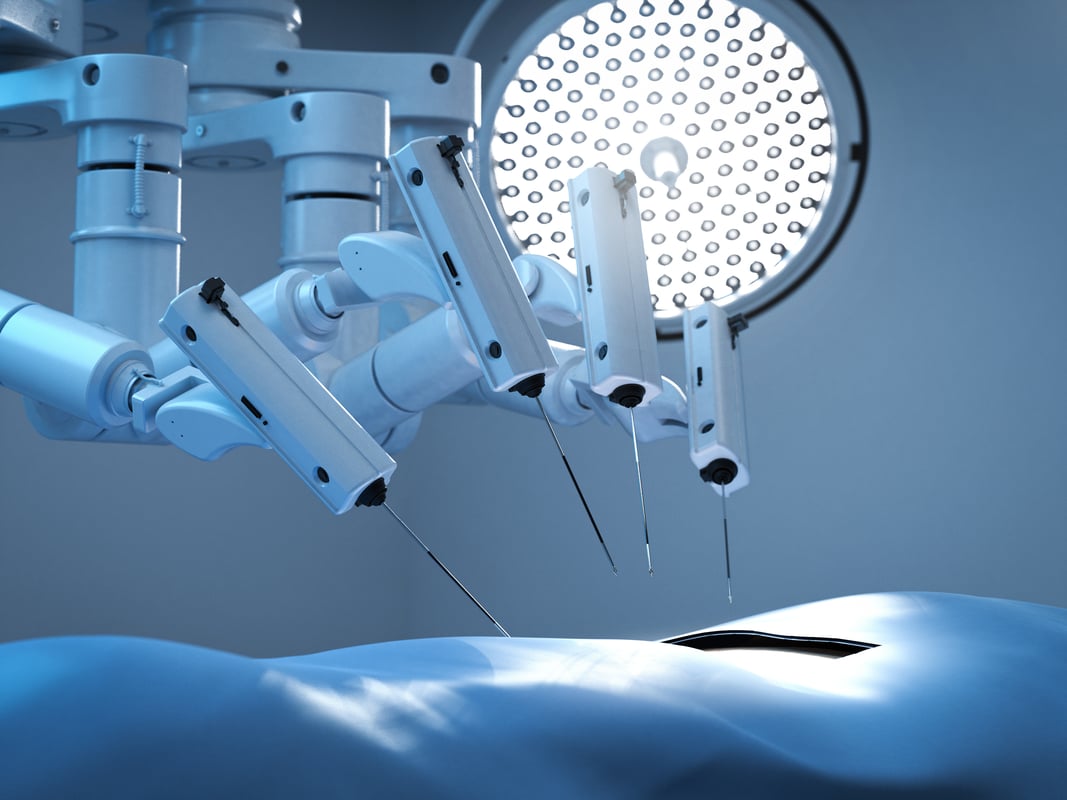One look at the headline numbers might have had Intuitive Surgical (ISRG 2.68%) investors worried. Revenue grew a modest 14%, but earnings were only up 2%? This is, after all, a company that trades for over 50 times earnings.
But worry not. The devil is in the details, along with some relief for shareholders. In reality, the most important metric for long-term shareholders to worry about got even stronger.

Image source: Getty Images
Intuitive Surgical earnings: The raw numbers
Before we dive into that all-important metric, let's take a look at those headline numbers that might have had some worried.
| Metric | Q3 2018 | Q3 2017 | Growth |
|---|---|---|---|
| Revenue | $921 million | $806 million | 14% |
| Earnings per share* | $2.83 | $2.77 | 2% |
Data source: Intuitive Surgical IR. *Presented on non-GAAP basis
These numbers don't tell the whole story, however. During the same quarter last year, revenue got an artificial $21 million bump from deferred revenue the company kept on hand for customers trading in for the newest daVinci machines. Back that out and we're looking at revenue growth of 17%.
But it doesn't stop there: During the most recent quarter, the number of daVinci machines that were placed with operating lease agreements almost tripled. Because such leases bring in revenue over time -- instead of as part of a one-off purchase -- it artificially lowers sales.
And on the earnings side, Intuitive was also helped mightily during the same quarter of 2017 by a one-time tax benefit. If we back out the effect of the benefit -- and the aforementioned artificial revenue bump -- earnings actually grew 33%!
Procedures continue to boom
Underlying all of this, however, was incredible strength in the most important metric: procedure growth. When 2018 started, management expected this figure to come in at a mid-range of 11% to 15%. As has become routine, the company has blown this estimate out of the water. In the first and second quarters, procedure growth clocked in at 15% and 18%, respectively.
This quarter was even better: 20% growth globally. CEO Dr. Gary Guthart talked about where, domestically, that growth came from:
Trends present in the first half of the year have continued with the United States showing particular strength in hernia repair, colorectal procedures and practice related general surgery procedures including cholecystectomy.
Broken down by geography, operations in the United States grew 19%, while those performed outside the United States grew 23%.
Internationally, huge growth (40%) was seen in Japan. That came primarily as a result of the Japanese government approving 12 new daVinci operations for reimbursement.
What else happened during the quarter?
There were lots of moving parts during the quarter. A few of the major highlights:
- Instrument revenue -- the pieces that need to be reordered with each new procedure -- increased 21% to $486 million, thanks in large part to procedure growth.
- Systems -- or daVinci robot sales -- revenue grew just 5% to $275 million. This, however, was affected by the operating leases and artificial revenue bump last year.
- In reality, the company placed 231 new daVinci systems, up a whopping 37% from the same time last year.
- Service revenue grew 10% to $160 million.
- The company shipped its newest robot, the daVinci SP (Single Port), to three customers during the quarter.
- The quarter ended with $4.6 billion of cash and investments on the balance sheet versus no long-term debt.
Looking ahead
As has become standard, the company once again upped its guidance for 2018 procedure growth from a mid-point of 15.5% to 17.5%. Management also said that more and more systems would be placed using operating leases moving forward. While this holds down sales figures in the short-term, it gets more daVinci machines into more hospitals, helping lock more doctors in the company's ecosystem over time.
One interesting detail of note: Management spent a significant portion of the conference call discussing Ion. This is the company's flexible robotics platform aimed at obtaining lung tissue samples. The company submitted paperwork to regulators during the quarter, and has started gathering (mostly positive) feedback from practitioners.
In the past, when such initiatives have been highlighted during conference calls they ended up playing a major role in the company's growth a year or two later. Long-term investors should make note and pay close attention on future conference calls for mentions of Ion, alongside the other growing procedures like hernia repair and colonoscopies.






